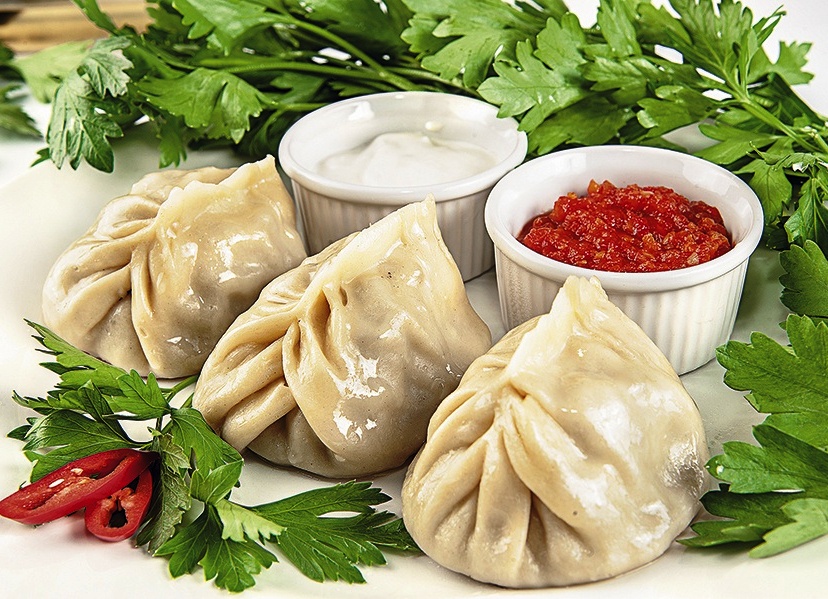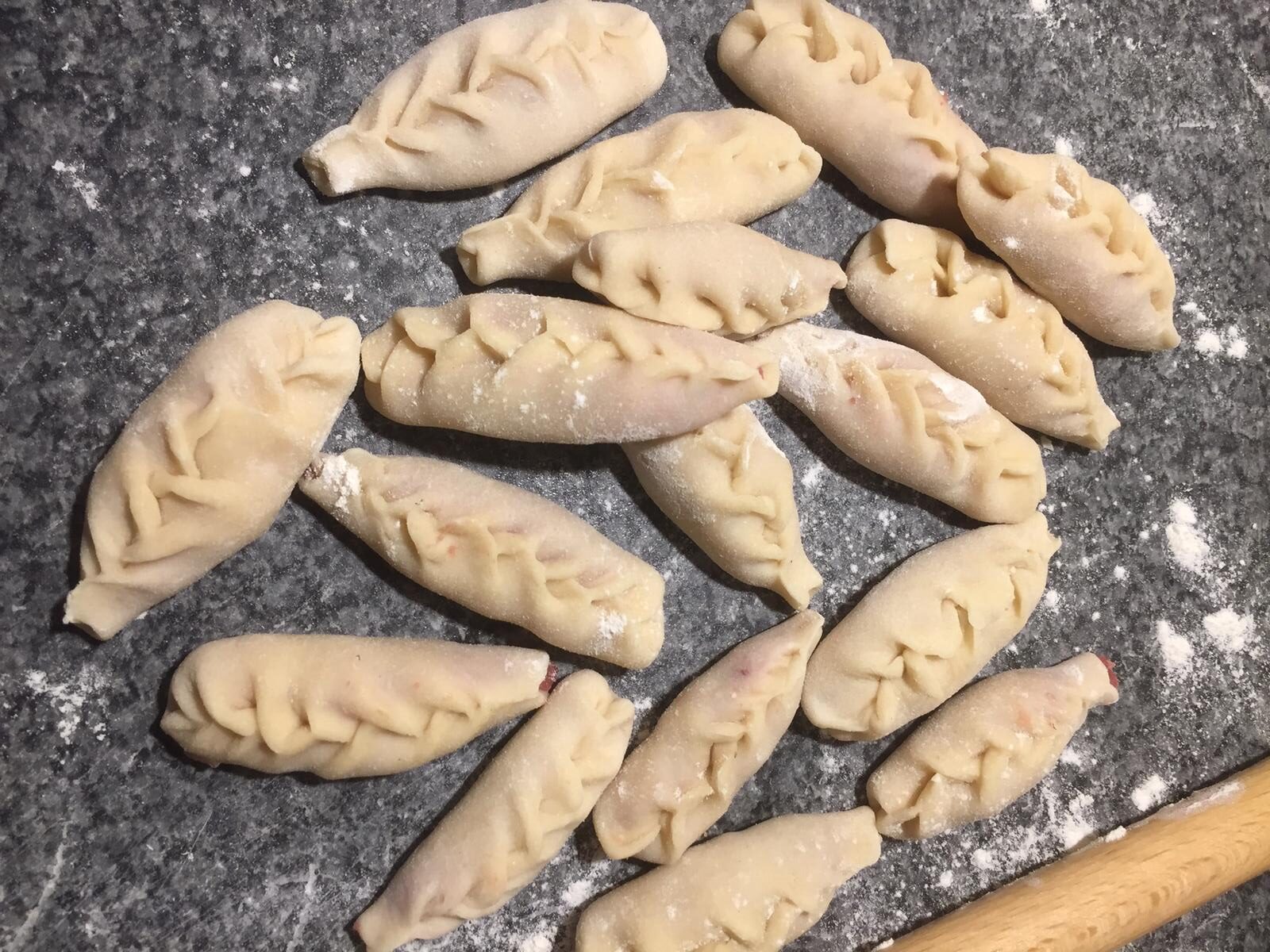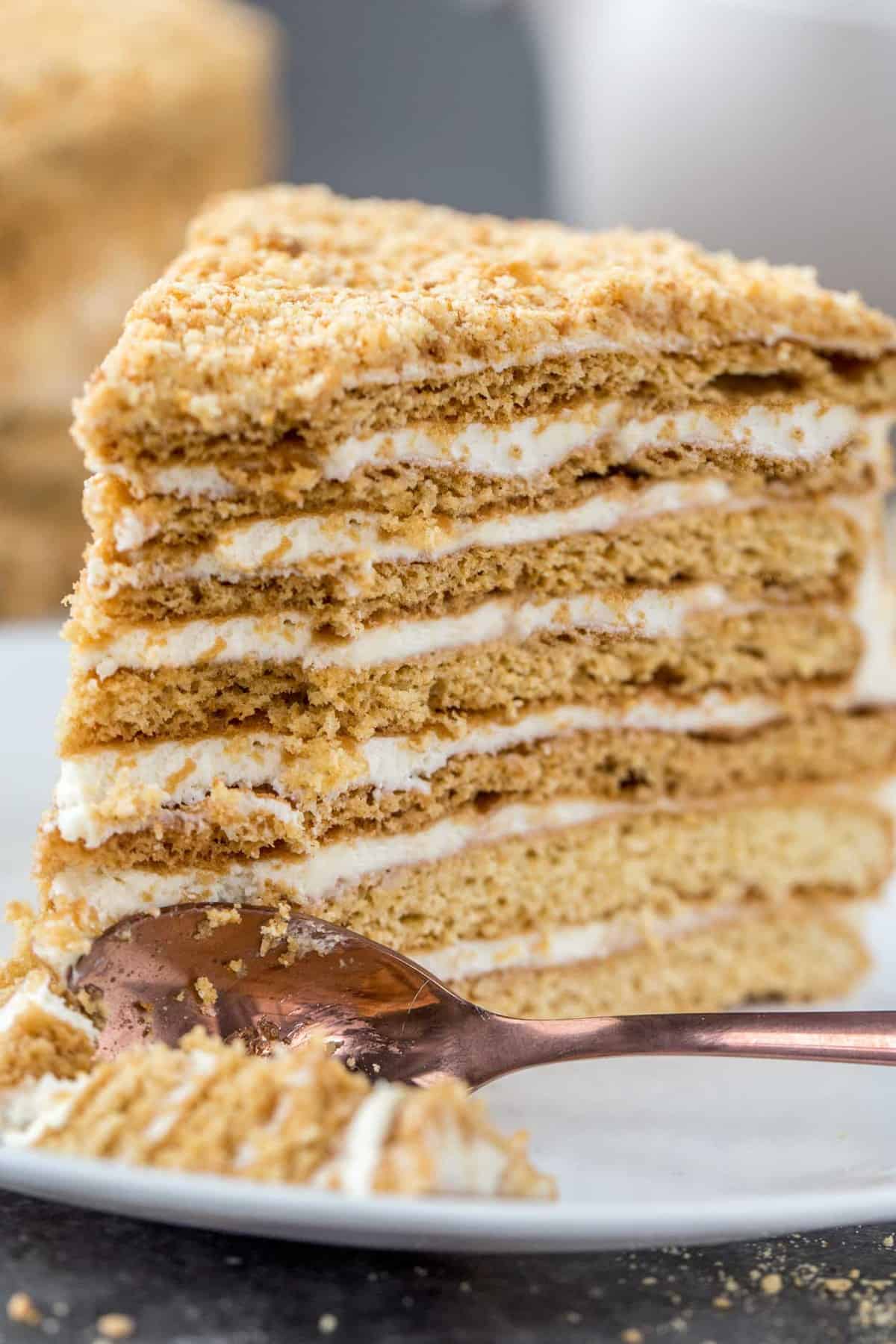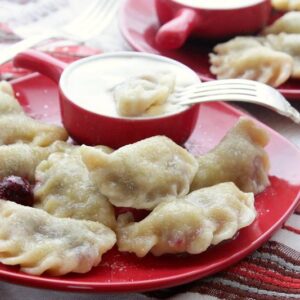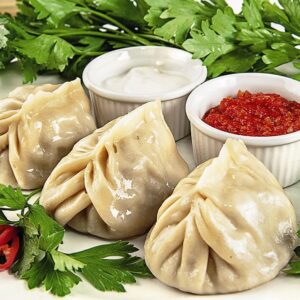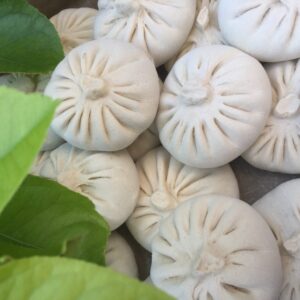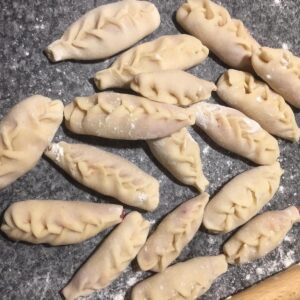Due our summer holidays we are kindly asking our customers to choose our products via our website and make an order through What's App number 07988218299.
Delivery to be discussed by agreement.
Payment in cash only.
We wish Happy summer and holidays for all customers!
Team of alatoo-frozenfood



